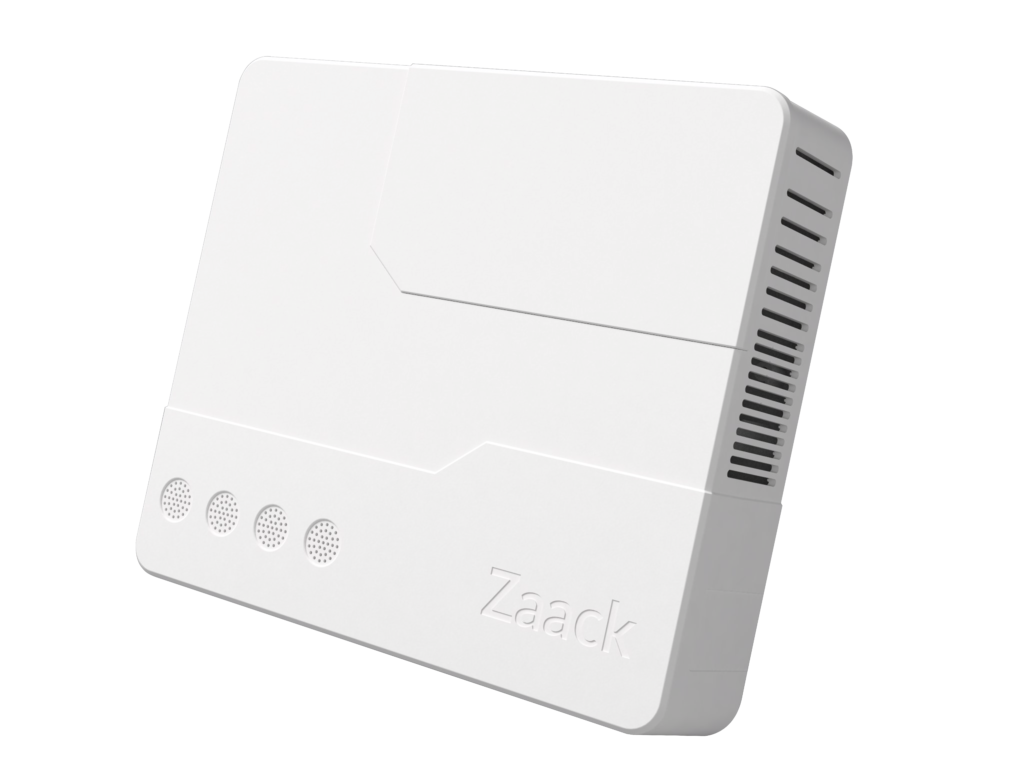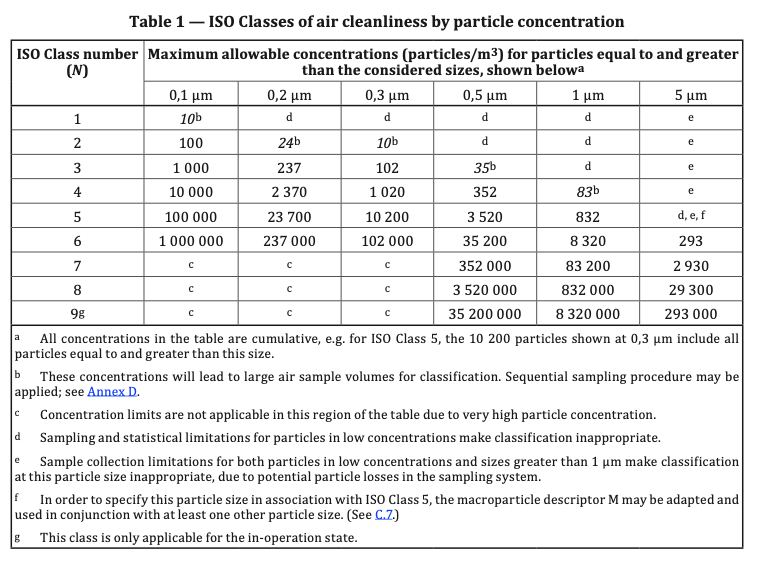Canāree Air Quality Monitors deployed to measure air quality and identify sources
Nigeria has the largest economy in Africa and the 27’th largest economy in the world in terms of nominal GDP.[1] Accompanying this growth is air pollution. In 2019, the entire Nigerian population lived with PM2.5 concentrations above the WHO air quality guideline of 5 ug/m3 [2]. With Nigeria’s mean concentration at 72 ug/m3, 15 x the WHO guideline, it has the fourth most polluted air of any country after China, India, and Pakistan.
Contributors to poor air quality in Nigeria include vehicle emissions, solid waste burning, and industrial emissions. Seasonal variations in pollution exist, with the highest levels of air pollution in the dry season (Harmattan, November to March) during which agricultural burning occurs.[3] Unlike the USA, Nigeria does not have a national network of air quality monitoring stations to monitor wildfire smoke so local authorities, citizen scientists, and researchers are leveraging a new generation of affordable air quality monitors to provide real-time updates, help shape government policy, and improve the health of citizens.
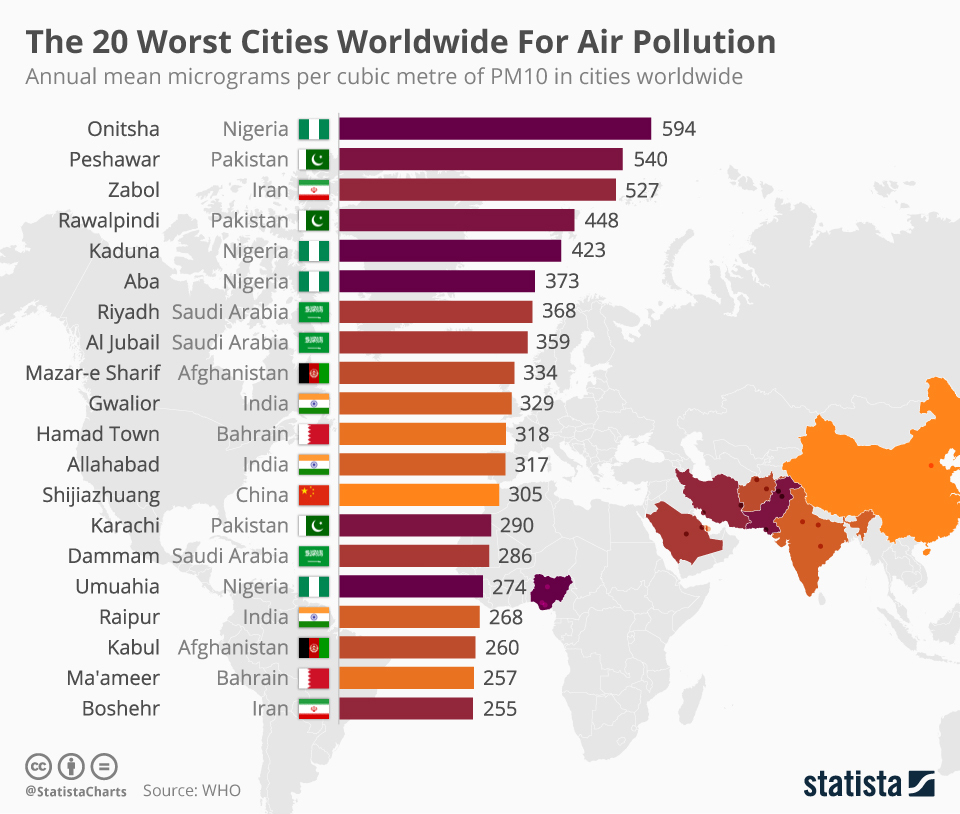
To that end, Piera Systems, developers of the industry’s most accurate, low-cost Intelligent Particulate Sensors and family of Canāree™ Air Quality Monitors is partnering with Professor Francis Abulude, PhD, CEO of the Science and Education Development Institute, Akure, Ondo State, Nigeria to deploy a network of Canāree monitors in schools, hospitals, homes, and offices starting in December 2021. During the 6-month Harmattan season, data from the Canāree monitors will be sent to Piera’s SenseiAQ™ cloud for analysis. SenseiAQ provides real-time data on intuitive dashboards and maps along with alerts when air quality is poor. Analysis of the data will classify likely sources of pollution including cooking, vehicle pollution, wildfires, diesel generators, vape, and tobacco smoking. This uniquely differentiated capability of identifying sources of pollution will lead to more effective mitigation techniques designed to reduce the immediate health impact, inform citizens of hot spots, and help drive government policies and regulation.
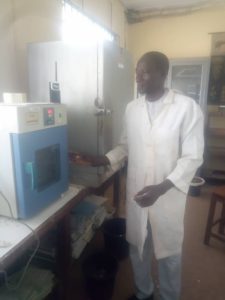
Dr. Abulude’s team at ESRG (Environmental and Sustainable Research Group (ESRG, Nigeria) a division of Science and Education Development Institute, Nigeria will deploy and manage the Canāree monitors. The data from this project will help in our global effort to improve air quality, deal with the impacts of climate change, and improve the health of everyone. Progress of the project will be kept up to date on the ‘Canāree Sentinels’ community group on Facebook. As with miners in the UK who deployed real canaries as sentinels in coal mines, these 21st century Canāree monitors will act as sentinels to avoid unnecessary deaths and health impacts due to air pollution. More information on Canāree monitors can be found at https://www.pierasystems.com/canaree.
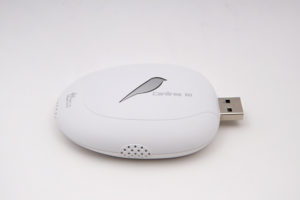
About Piera Systems, Inc.
Piera Systems Inc. is on a mission to make air quality measurement accurate, simple, inexpensive, and pervasive, enabling a major improvement in the health of all humans. Piera has developed a family of ‘Intelligent Particle Sensors’ utilizing a breakthrough custom processor to detect particulate matter (PM), a major component of air pollution. Unlike existing low-cost PM sensors, IPS has superior accuracy over a wider range, including harmful ‘very fine particles’ smaller than 1.0 micron, and reports particle size and count in real-time at low power. IPS is the first software defined PM sensor with up to 7 particle sizes allowing its use in many applications. IPS data is analyzed using AI/ML algorithms to identify and classify pollution sources such as vape, cigarette smoke, cooking, etc. IPS sensors and Canāree air quality monitors answer the question, ‘What’s In Your Air?’
Headquartered in the US, more information on Piera Systems air quality solutions can be found at https://www.pierasystems.com
About ESRG
The Environmental and Sustainable Research Group (ESRG) is a group committed to advancing research-based issues of the environment and sustainability. This research group was established in Nigeria in January 2016. The group focuses on the environmental problems that threaten the health of living things. The main foci of the group include:
i. Plays an important role in any form to ensure the creation of a sustainable future
ii. of indoor and outdoor aerosols with a view of reducing the impact on children and women especially.
iii. Collaborates on the issues of sustainable cities and communities
iv.And partnerships in activities involving clean water and sanitation

